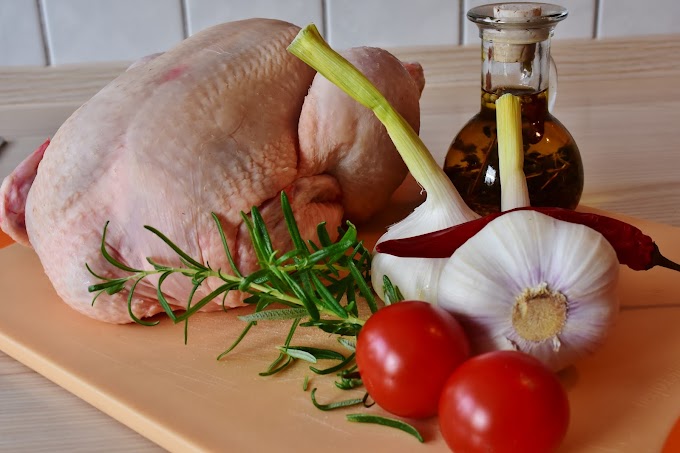Food Preservation and Preservation of Meat and Fish
Food Preservation is the science which deals with steps/process of prevention of spoilage of food for future use. It actually helps in providing pace of food supply to the sky-rocketting population.
- It increases the shelf life of food. Thus, perishable food items are made available throughout the season.
- It also helps in saving food for future use. The reserved food can be used at the time of scarcity and drought.
- It also helps in stabilizing the price of the food . Thus, economical supply of food can be maintained.
It helps in preventing spoilage of food items.
Principles and Methods of Food preservation
We human being have been preserving food from centuries and for purpose of food preservation, food are classified as perishable, semi-perishable and non-perishable. Perishable foods are those which deteriorate quickly after harvesting such juicy vegetables, meat, fish and poultry. Overall food items with high moisture content are highly perishable. Similarly, semi-perishable food items have much less moisture content e.g carrots, peas, green beans and apple. Moreover, non-perishable food items have very low moisture content and includes cereals, pulses, nuts.
Principles of food preservation
1. By preventing micro-organisms; for which we do asepsis, filtration, low temperatures, drying, anaerobic conditions, chemical or antibiotics or by washing.
2. By preventing self-decomposition of food; for which we do blanching and use anti-oxidants to prevent oxidation.
3. By preventing damage from insects, animal and mechanical causes.
Broadly, we can remove bacteria/micro-organisms from food by Asepsis (forming protective covering around the food) like shells if nuts, skin of fruits and vegetables. Similarly, filtration (filtering liquid through sterilized bacteria proof filter made up of sintered glass). Thus is suitable for water, fruit juices, beer, soft drink and wines e.t.c.
Moreover, maintaining of anaerobic conditions and use of high temperature also works well in removing micro-organisms.( Alcohol at a level of 14%+ acts as preservatives in wine as yeast cannot function at this concentration while lactic acid at level of 1.8% and acetic acid at 2.0% act as preservatives in milk and fermented pickles respectively). Cold preservation by cellar storage, chilling and Freezing too are good methods of preserving food.
Preservation of Meat and Fish
We can use temperature as most meats are preserved by use of low temperatures than any other methods. For instance we can do chilling, Freezing or drying. Moreover, we can also use preservatives.
Chilling: In this process, food items are kept slightly above the freezing point. Storage temperature varies from -1 to 2 degree Celsius. We can further increase the storage time by storing in ozone or carbon dioxide atmosphere inside but ozone may give tallowy flavour to fats.
Freezing: Freezing is mostly used to preserve the meats for longer time. Usually the temperature of -12 to -28 degree Celsius is obtained to preserve meat items. However, the ideal storage time is -18 degree Celsius.
Drying: The number of micro-organisms are reduced by the use of smoking and drying process.
Use of preservatives: we can use variety of preservatives like carbon dioxide gas or ozone, heavy salt and use of salt with smoking and curing in order to be effective. Similarly, the permitted curing agents are sodium chloride, sugars , sodium nitrate along with spices and preservatives. We can use antibiotics also- chlortetracyclin.
Preservation of fish
Fish are usually preserved by chilling and Freezing. Fish flesh undergoes fat oxidation easily.
Chilling: Chilling can be started from the boat itself. For small fish, more chilling can be done using crushed ice.
Freezing: sharp freezing method is used and the layer of ice is frozen around the outside. Large fish are sharp frozen in air or in salt brine.
Drying: The dry salting of fish immersion in brine solutions helps to remove moisture. Sun drying will work out also. Smoking is also drying process.
Preservatives: salt acts as chemical preservative. The chemicals and bacteriological qualities of salt are important but calcium and magnesium impurities may hinder penetration of sodium chloride. Benzoic acid and benzoates, sorbic acid also delay the process of spoilage.
Note: what is sharp freezing? It is a freezing technique that involves freezing by circulation of air, naturally or by fans and the temperature of -15 to -29 degree Celsius is maintained.

























0 Comments
If you have any doubts , please let me know